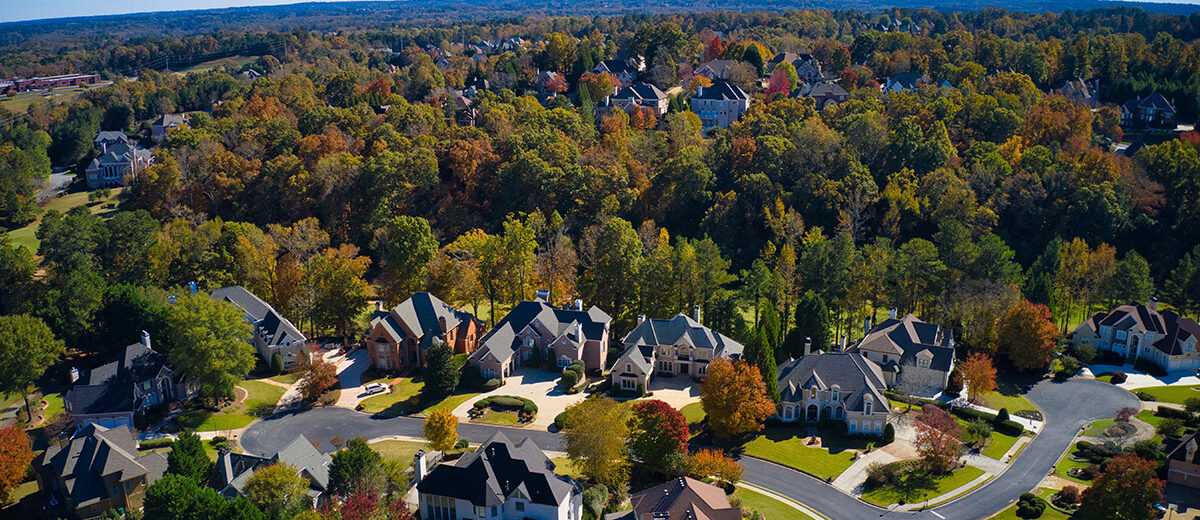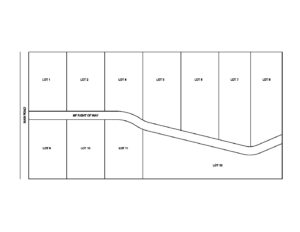In our previous blog, we discussed some examples of living within a land development, commonly known as a subdivision, and how rights within the development work, along with an example of a road within a typical subdivision that might be maintained. We will continue with some further examples using the same typical subdivision.
The original owner, who was doing road maintenance within the 12-lot subdivision, sold their home. These days, they probably never met in person with the new owners to discuss the informal nature of the access and maintenance. The new owners took a deed to the property, were issued title insurance, and mortgaged the property. Somewhere along the way, the fact that there was no homeowners or road association was discussed, but long forgotten by the new owners.
Maybe the new owners started making home improvements and wanted the road fixed. A few neighbors said the previous owner had done that sort of thing (fixing up the road). The new owner went through all their paperwork, called their broker and attorney, and finally realized they were on their own. There were disclosures in the purchase and sale agreement about the fact that the road was private and there was no homeowners association, but the home purchase was rushed. The new owners did not take the time to understand the implications of living on a private dirt road. The new owners were understandably irate and grumbled a bit but then hired a contractor to cut the trees back, widen the road and fix the road up.
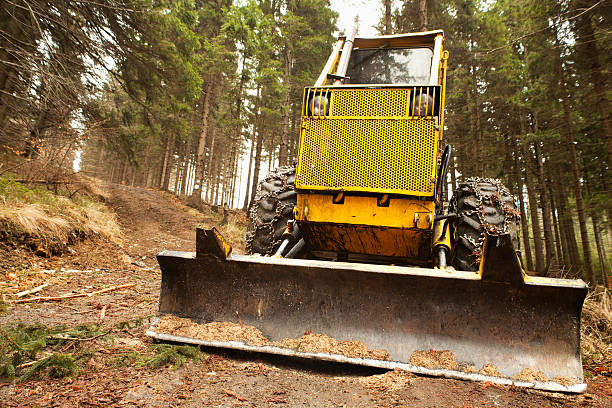
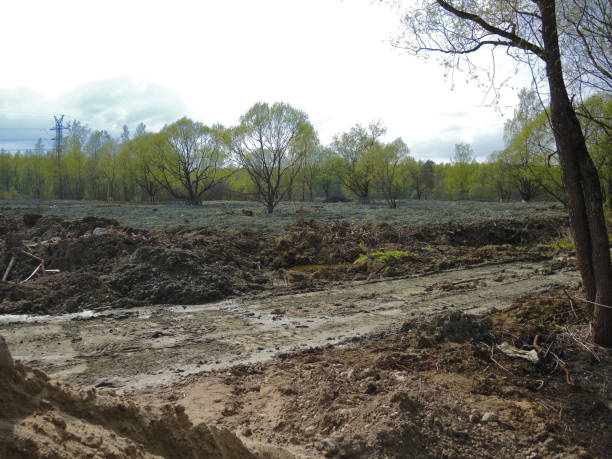
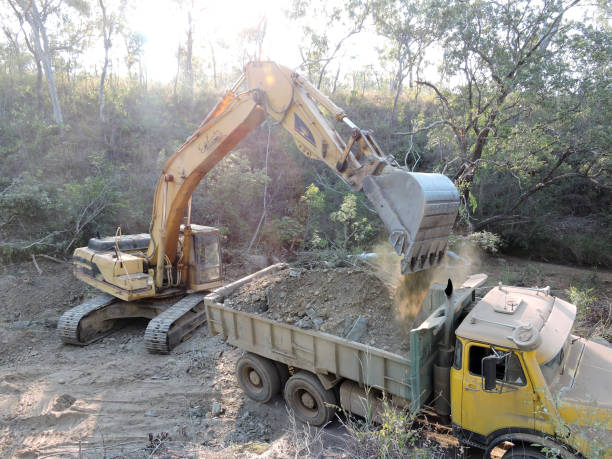
Naturally, there was no collaboration with the neighbors, and the contractor started cutting down trees the other lot owners had either planted in the right of way or had at least become fond of.
Generally speaking, the new owners were within their rights to clear the 66-foot wide right of way and remove fences or objects interfering with their free and unobstructed passage. Once the tree is cut down, who owns the trees and wood might not be clear. If, on the original subdivision plan, the 66-foot wide road was another parcel of its own, which is common, then perhaps the original developer still owned the land under the road, or the ownership may have reverted to the adjoining property owners.
In our next blog, we will continue with examples of the same 12-lot subdivision and describe some situations we commonly see in our business.
